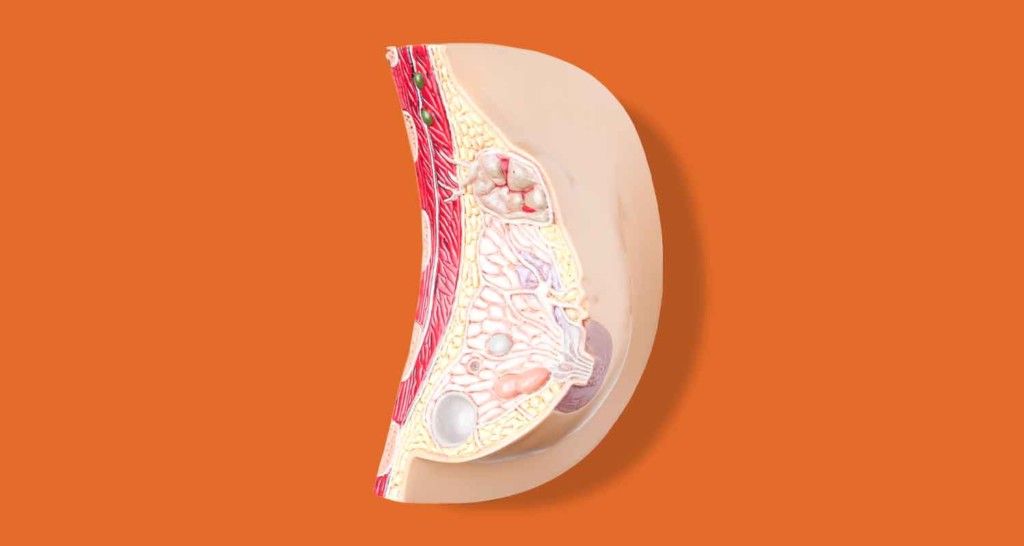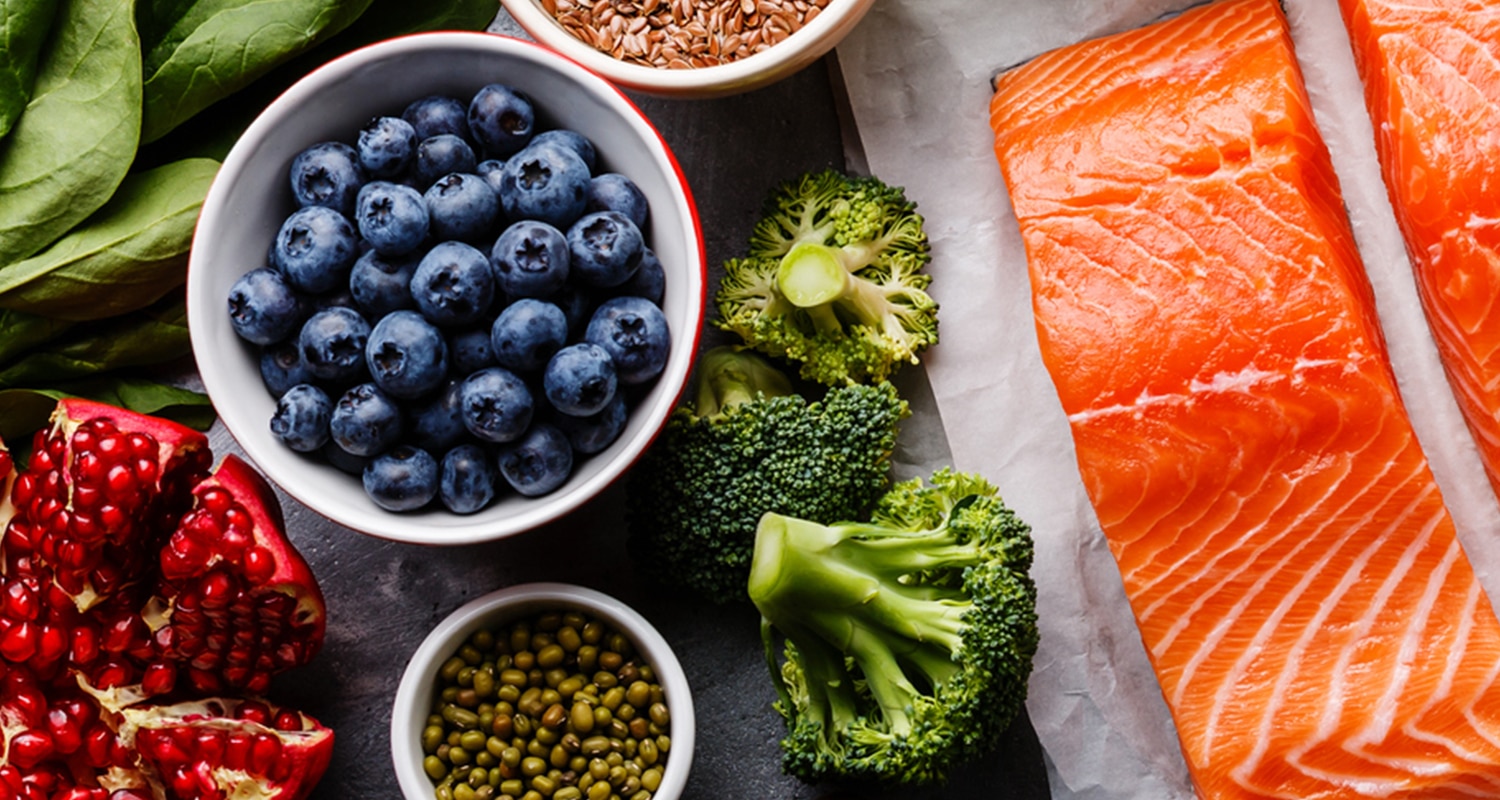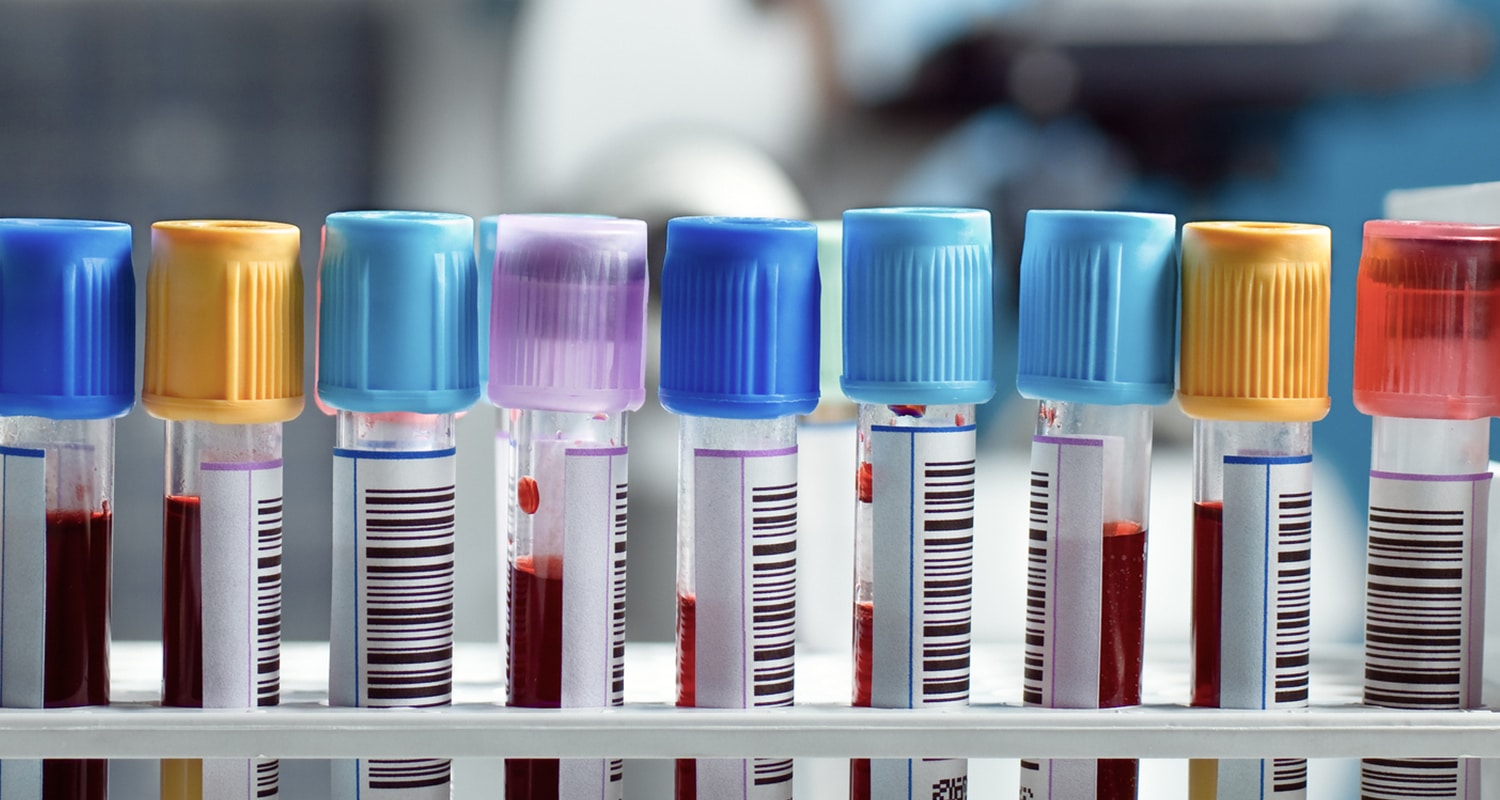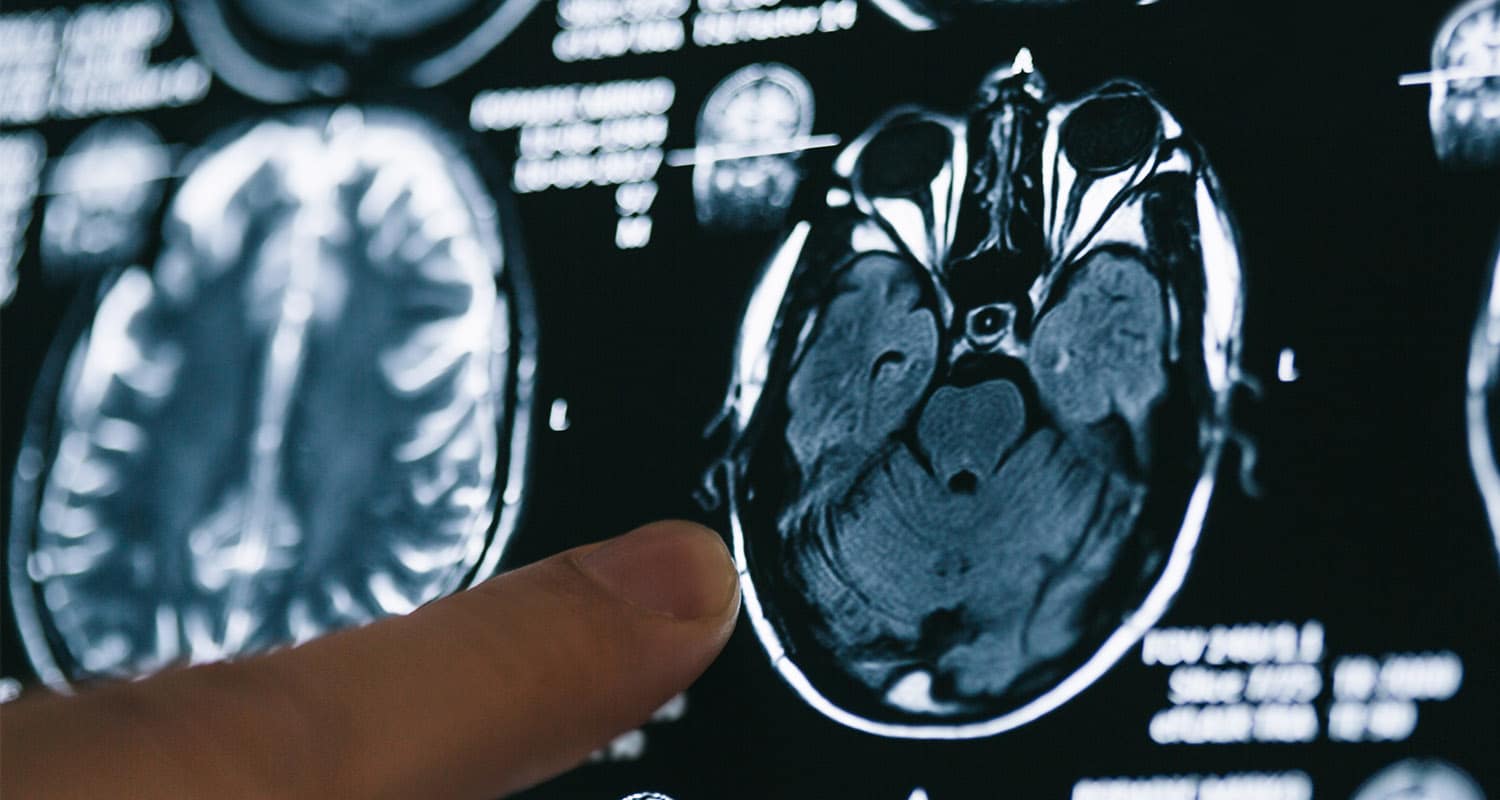by Dave Asprey
by Dave Asprey
[tldr]
[/tldr]
When I was fat, I had man boobs, like a lot of overweight men do. I didn’t notice them as much then — I was big all over. After I figured out how to lose the weight, the breast tissue stuck around, which made me super self-conscious. They were even more noticeable once I was at my goal weight and my chest was disproportionately large — and not in the Superman sense.
When I started working with doctors and healers, I found out that I carry a lot of estrogen in my body, and when I had my testosterone tested, I found out that it was lower than my mother’s. I had my suspicions that genetics were another factor, because a lot of men in my family have the same tendency to carry weight in the chest area.
You might feel vain for even caring about your shape, but you’re not. I can totally relate — it’s uncomfortable and I remember hiding behind T-shirts when I would have much rather been soaking up the sun.
A lot of the time, when something like that doesn’t seem right, it’s a signal from your body that there’s a bigger problem, and it’s up to you to sleuth out what’s wrong. For most people, it’s a hormone thing, and getting your hormones in working order will help you operate at max power in work and life. Keep reading to find out what’s causing your man boobs and how to get rid of them for good.
Instantly download Gut Check, your guide to troubleshooting your gut imbalances

Both men and women have breast tissue, or mammary glands — the glands that are best known for their ability to produce milk after a mother births a baby. Men’s mammary glands do not mature to the point that they can produce milk, but they’re there, under the skin, for life.
Gynecomastia is what happens when a man’s mammary glands grow to the point that you end up with noticeable breast enlargement.[ref url=”https://www.nejm.org/doi/full/10.1056/NEJM199302183280708″]
As far as appearance goes, they can look slightly swollen, or they can take on the shape of a woman’s breasts. Instead of the rounded pectorals that male bodybuilders are after, gynecomastia produces the softer teardrop shape. They may or may not feel sore.

There are a lot of reasons why man boobs grow.
There’s a chance that you don’t have gynecomastia at all — you might have something called pseudogynecomastia,[ref url=”https://www.sciencedirect.com/science/article/abs/pii/S002561961160671X”] which is just a fat deposit without the extra breast tissue. If you’re carrying excess weight, your body stores fat wherever it wants to, including in the breast area. Since there’s no breast tissue, this is the easiest type to deal with. Once you lose the weight, you’ll lose the extra chest fat. I thought this was what I was up against, but it was more complicated than that.
Low testosterone makes you feel terrible, day in and day out. It’s one of those things that’s tough to pinpoint why. If you go to the doctor because you’re tired, your knees hurt, and you’re carrying extra weight, the doc will probably tell you to go to bed earlier, eat less, and that all of this is a normal part of aging. Low testosterone might not even cross her mind. Symptoms include:
The list goes on. If low testosterone goes unaddressed, you can end up with bone density issues, cardiovascular disease risk, mood disorders and more.[ref url=”https://jamanetwork.com/journals/jama/article-abstract/1764051″] It’s nothing to mess around with. Insist on testing, or insist on a new doctor.
To get the full picture of low testosterone, read this.
If your testosterone levels are low, chances are your estrogen is going haywire. You can also have adequate testosterone and high estrogen — it’s highly individual. Symptoms of excess estrogen in men include:
There are lots of reasons you could have too much estrogen. I have a gene that makes me convert free testosterone (the testosterone available for your body to use) into estrogen quickly. You also live in a world full of xenoestrogens, which are chemicals all around you that mimic estrogen in the body.
Here’s how men and women can balance their estrogen naturally.
RELATED: The Ultimate Guide to Hormones
It’s not likely that your testosterone will climb off the charts spontaneously. You’re more likely to experience this if you’re using anabolic steroids to build muscle or for athletic performance. Bodybuilding communities call gynecomastia “gyno” when they talk about it.
Taking high doses of testosterone causes a few problems. One, it throws the rest of your hormones out of whack. Second, you could be converting the excess to estrogen, which causes you problems.

If you have legitimate gynecomastia from a hormonal imbalance, liposuction won’t work. It’s a band-aid for a larger issue, and your man boobs will come back shortly after your procedure.[ref url=”https://www.ncbi.nlm.nih.gov/pmc/articles/PMC3146708/”] That’s because liposuction targets fat, and fat isn’t necessarily the problem. It’s the breast tissue that you’re up against.
Even if the fat is gone, the hormone imbalance is still there, along with all of the problems it causes throughout your body. When you have too much estrogen, you might find that you carry extra abdominal weight, or you’ve developed problems below the belt.
There is one instance when liposuction does get rid of man boobs: when you don’t actually have gynecomastia. When you have pseudogynecomastia, you don’t actually have hormonal problems and resulting breast tissue — you just have fat deposits in the chest area. So in that case, liposuction will work.
Men who have gynecomastia can often feel a mammary gland cluster behind the nipple. Doctors often recommend having the glands surgically removed to resolve the issue.
That doesn’t work for the same reason that liposuction doesn’t work. First, if the enlarged gland isn’t the only gland in the chest area, the surrounding glands can swell and you end up right where you started. A better strategy is to treat the hormonal problems that are causing the breast tissue to enlarge in the first place.
To get rid of man boobs, you may be tempted to add a few extra sets of push-ups and bench presses to your regimen to work your pecs. While resistance training is always a good idea for a million reasons, doubling down on chest day shouldn’t be your only strategy for getting rid of man boobs.
Muscle is muscle, and fat is fat. Working certain muscle groups doesn’t do a thing for the fat cells in that area. What adding muscle will do is ramp up your metabolism and make it easier for you to burn fat all over. So, while you’re doing your extra chest presses and dumbbell flyes, knock out a few sets of triceps dips, squats, deadlifts, and pull-ups, which will all work together to melt fat.

Inflammation makes you hold onto body fat and retain water, which doesn’t address breast tissue under the skin, but does directly affect how soft your chest looks. The best thing you can do is to eat a low inflammation diet. Here are other ways to reduce inflammation naturally.
Diindolylmethane is the compound in vegetables like broccoli and cabbage that makes them protective against breast cancer. Too much testosterone can lead to an excess of estrogen, which comes with all of the problems that excess estrogen causes. Diindolylmethane (aka DIM) inhibits the enzyme that converts testosterone to estrogen, so that more testosterone is free in your system for your body to use. Some members of the bodybuilding community swear by it.
Arimidex works on the same principle as DIM, but at the prescription level. I’ve had success with Arimidex, and it’s a non-negotiable when I’m taking replacement levels of testosterone.
Your liver breaks down estrogen. When you’re producing proper amounts of estrogen and your liver is working well, you break down the amount that you need to break down and you don’t have excess estrogen. A common scenario is that you’re exposed to too much estrogen, and your liver gets burdened. In that case, you don’t break down estrogen efficiently.
Calcium d-glucarate helps the glucaraic acid pathway, the primary mechanism that breaks down estrogen in the liver, work more efficiently. Read more about calcium d-glucarate here.
Man boobs aren’t just a body fat issue — you need to address your hormones, too. But losing weight will reduce the size of your chest line. Plus, a portion of your estrogen is made in your fat cells, so you’ll make less if you have less body fat available.[ref url=”https://www.tandfonline.com/doi/abs/10.1080/tam.5.2.98.102″] Losing weight will be easier if you get your hormones in balance.
There are a million different body types, and the most attractive people feel comfortable in their skin no matter how they look. But believe me, I understand how uncomfortable it can feel to have man boobs, and there’s nothing wrong with you if you want to do some detective work and find out what’s causing it. You’ll find that once you address the root cause, you’ll see improvement in lots of areas of your health.
by Dave Asprey
[tldr]
[/tldr]
Carbon 60 is an arrangement of carbon atoms that forms a ball-shaped molecule, with a structure similar to a geodesic dome (think Epcot Center). It’s known among scientists casually as a “buckyball,” and more formally as a part of a class of chemicals called fullerenes, both versions named after scientist Buckminster Fuller, who is best known for his inventions and architectural designs. Carbon 60 has exciting properties and shows tremendous potential in the areas of cancer and aging research, among others.
The molecule isn’t fully understood, but researchers have identified a few mechanisms at play when it comes to carbon 60’s effects on lifespan, inflammation, and disease processes. Keep reading to find out what the science says about carbon 60.
Instantly download the Bulletproof Diet Roadmap, your cheat sheet to eating for maximum energy, brain power and performance.
 Researchers started digging deep into carbon 60’s properties when one research team accidentally found that it made rats live longer. They tried to use it to kill rats, because they wanted to find the lethal dose. It didn’t kill them. To their surprise, it doubled their lifespan.[ref url=”https://www.sciencedirect.com/science/article/pii/S0142961212003237″]
Researchers started digging deep into carbon 60’s properties when one research team accidentally found that it made rats live longer. They tried to use it to kill rats, because they wanted to find the lethal dose. It didn’t kill them. To their surprise, it doubled their lifespan.[ref url=”https://www.sciencedirect.com/science/article/pii/S0142961212003237″]
Along with boosting longevity, carbon 60 can also ease arthritis. In an episode of Bulletproof Radio (iTunes), Ian Mitchell, vice president of research at Carbon 60 Plus, a company that researches carbon 60 shared that he takes Carbon 60 every day for longevity and general wellness.
“One of the partners at our company, who’s in his 70s, started taking it because he had rheumatic fever as a kid, and had really, really bad arthritis in his hands. In terms of the anti-inflammatory effects, after literally just a few months, he had no arthritis,” he says. “For myself, I didn’t really have any serious physical issues, other than some sore joints and occasionally a couple of things that I might sprain running or something like that, but all of those things have subsided.”
Why did carbon 60 make rats live longer, and why does it make Carbon 60 Plus researchers’ joints feel better? Read on to find out.
 Scientists have demonstrated that carbon 60 acts as a strong antioxidant[ref url=”https://pubs.acs.org/doi/abs/10.1021/nl051866b”] and specifically targets your mitochondria,[ref url=”https://daveasprey.com/mitochondria-function/”] the part of your cells that produce energy, to reduce oxidative stress.[ref url=”https://www.hindawi.com/journals/bmri/2013/821498/abs/”] Strong mitochondria power everything you do, so they have a key role in how fast your age.
Scientists have demonstrated that carbon 60 acts as a strong antioxidant[ref url=”https://pubs.acs.org/doi/abs/10.1021/nl051866b”] and specifically targets your mitochondria,[ref url=”https://daveasprey.com/mitochondria-function/”] the part of your cells that produce energy, to reduce oxidative stress.[ref url=”https://www.hindawi.com/journals/bmri/2013/821498/abs/”] Strong mitochondria power everything you do, so they have a key role in how fast your age.
 Carbon 60 shows activity against a variety of viruses,[ref url=”https://www.tandfonline.com/doi/full/10.1081/FST-120027198?scroll=top&needAccess=true”] and has been extensively studied as a potential treatment for HIV.[ref url=”https://pubs.acs.org/doi/abs/10.1021/ja00068a005?journalCode=jacsat”][ref url=”https://www.sciencedirect.com/science/article/pii/S0040403998004912″]
Carbon 60 shows activity against a variety of viruses,[ref url=”https://www.tandfonline.com/doi/full/10.1081/FST-120027198?scroll=top&needAccess=true”] and has been extensively studied as a potential treatment for HIV.[ref url=”https://pubs.acs.org/doi/abs/10.1021/ja00068a005?journalCode=jacsat”][ref url=”https://www.sciencedirect.com/science/article/pii/S0040403998004912″]
Researchers were able to demonstrate antibacterial effects as well, both by itself[ref url=”https://pubs.acs.org/doi/abs/10.1021/es0603655″] and as part of phototherapy (light radiation) treatments.[ref url=”https://www.sciencedirect.com/science/article/abs/pii/S037967790500336X”][ref url=”https://www.cell.com/cell-chemical-biology/fulltext/S1074-5521(05)00270-X?_returnURL=https%3A%2F%2Flinkinghub.elsevier.com%2Fretrieve%2Fpii%2FS107455210500270X%3Fshowall%3Dtrue”]
 Every living being develops cancerous cells that can become tumors, which is usually fine because we are equipped with tumor-suppressor genes that shut down tumor growth. Mitchell’s research team gave carbon 60 to mice whose tumor-suppressor genes were removed, and watched for tumors to develop. They didn’t.
Every living being develops cancerous cells that can become tumors, which is usually fine because we are equipped with tumor-suppressor genes that shut down tumor growth. Mitchell’s research team gave carbon 60 to mice whose tumor-suppressor genes were removed, and watched for tumors to develop. They didn’t.
“The strange thing that we found was we didn’t get rats with tumors, with the exception of one that had a tumor, but it didn’t die from it,” says Mitchell. Repeated results were too consistent to be a fluke.
 Cancer cells more readily take up amino acids, the building blocks of proteins, than healthy cells do.[ref url=”https://www.sciencedirect.com/science/article/pii/S0163725808001861?via%3Dihub”] Scientists use this knowledge to their advantage when studying the effects of fullerenes on tumor cells. They have found that carbon 60 will hitchhike on specific amino acids to get into cancer cells, which makes them ultra-sensitive to light radiation used in a type of cancer treatment called photodynamic therapy (PDT). When PDT light hits a cell that has been treated with carbon 60, it dies off.[ref url=”https://linkinghub.elsevier.com/retrieve/pii/S1470204504015293″] As a bonus, healthy cells stay safe because they didn’t open up to the amino acids carrying carbon 60.[ref url=”https://www.sciencedirect.com/science/article/pii/S0009279711003243?via%3Dihub”]
Cancer cells more readily take up amino acids, the building blocks of proteins, than healthy cells do.[ref url=”https://www.sciencedirect.com/science/article/pii/S0163725808001861?via%3Dihub”] Scientists use this knowledge to their advantage when studying the effects of fullerenes on tumor cells. They have found that carbon 60 will hitchhike on specific amino acids to get into cancer cells, which makes them ultra-sensitive to light radiation used in a type of cancer treatment called photodynamic therapy (PDT). When PDT light hits a cell that has been treated with carbon 60, it dies off.[ref url=”https://linkinghub.elsevier.com/retrieve/pii/S1470204504015293″] As a bonus, healthy cells stay safe because they didn’t open up to the amino acids carrying carbon 60.[ref url=”https://www.sciencedirect.com/science/article/pii/S0009279711003243?via%3Dihub”]
 Researchers analyzed carbon 60 studies on both humans and animals dating back to the 1990s, and have found no toxic or detrimental effects.[ref url=”https://www.researchgate.net/publication/257187642_Multifunctional_Fullerene-_and_Metallofullerene-Based_Nanobiomaterials”]
Researchers analyzed carbon 60 studies on both humans and animals dating back to the 1990s, and have found no toxic or detrimental effects.[ref url=”https://www.researchgate.net/publication/257187642_Multifunctional_Fullerene-_and_Metallofullerene-Based_Nanobiomaterials”]
That doesn’t mean it’s risk-free, since it’s not fully understood yet. As researchers continue to study carbon 60 and various ways to use it, they may come across adverse effects.
by Dave Asprey
by Team Asprey
[tldr]
[/tldr]
Your love for coffee, dark chocolate, and even red wine can be good for you. That’s because these foods are rich in polyphenols, plant compounds that work to fight aging and inflammation in your body.
Polyphenols are what gives many fruits and veggies their vibrant colors. You need a variety of them from different sources to keep your gut, brain, and heart strong — so you can’t just pick up a chocolate bar or iced latte and call it a day. With the right approach, you can fine-tune your polyphenol intake to kick your performance into high gear.
Learn more about the key benefits of polyphenols, where to find them, and how to get more of them in your life.

Polyphenols are a class of phytochemicals (a fancy word for chemical compounds in plants). These naturally-occurring compounds help protect plants from predators like UV rays, insects, and pollution. You can find them in a variety of fruits and vegetables like leafy greens and blueberries, as well as in beans and grains.
Unlike other protective plant compounds that may be harmful, polyphenols are beneficial to your health and can play a role in reducing inflammation, keeping blood sugar in check, and encouraging good bacteria in your gut.
There are over 500 known polyphenols classified into four main categories based on their chemical structure:
Flavonoids and phenolic acids make up most of the polyphenol intake in your diet. Stilbenes and lignans are less common, with one notable exception: Resveratrol, the stilbene found in red wine.


Some plants have more polyphenols than others. For best results, choose foods with fewer antinutrients or risk for mold:

You can get too much of a good thing when it comes to polyphenols. In large doses, they can impair thyroid function, disrupt hormones, or inhibit iron absorption.[ref url=“https://academic.oup.com/ajcn/article/81/1/326S/4607649”]. Allergies or other medical conditions can influence how your body uses them, too.
If you take statins or anti-anxiety medications, your doctor may have told you to avoid certain foods. That’s because some polyphenols, such as those in grapefruit juice, interact negatively with these drugs. Talk to your doctor if you have any concerns with how your diet affects your medication regimen.

What’s the best dose of polyphenols? The answer is tricky, since the vitamins, fiber, and nutrients in food can affect how well your body absorbs them. The Bulletproof Diet offers a good baseline for how many servings of fruit and vegetables will help you get a daily dose of a wide variety of polyphenols — plus, a broad-spectrum polyphenol supplement can help fill in the gaps.
Here are other steps you can take to get more polyphenols in your day:
Need more inspiration? Try polyphenol-rich recipes like strawberry cod ceviche, chocolate ice cream, or a green lemon smoothie.
by Dave Asprey

Subscribe to become an “Insider”, and receive weekly biohacking tips and tech directly from Dave to start hacking your way to stronger mental performance and physical results.
Receive weekly biohacking tips and tech by becoming a Dave Asprey insider.